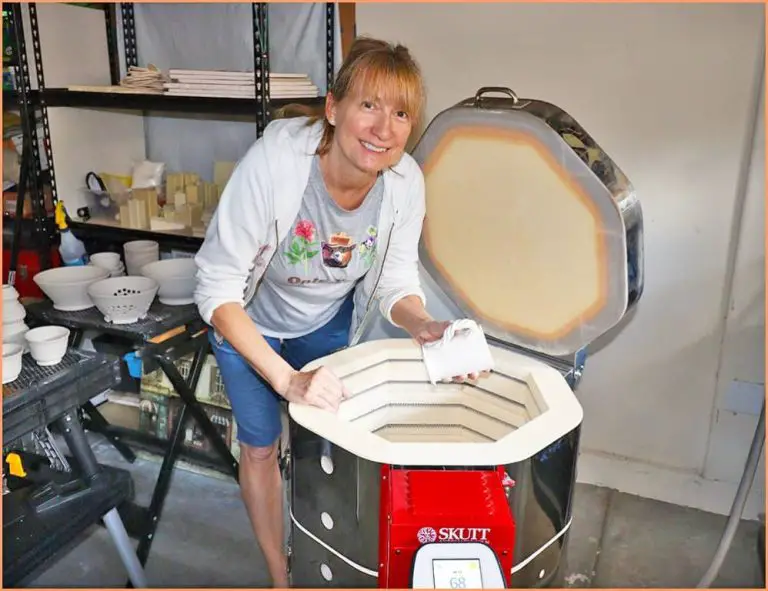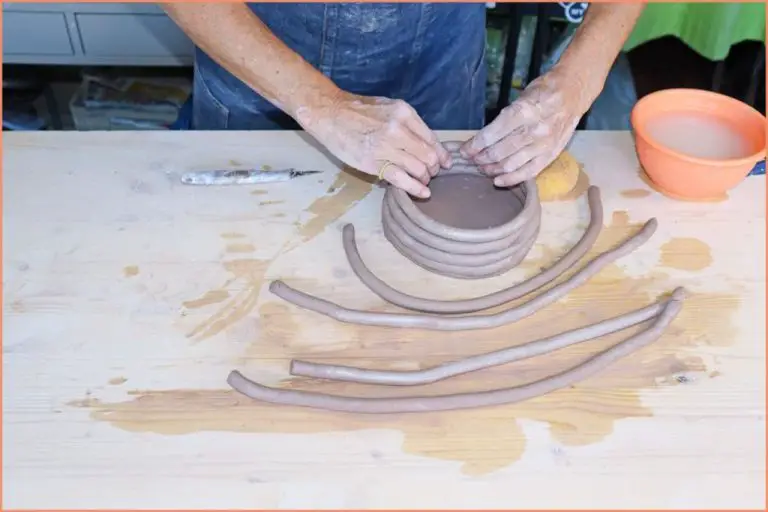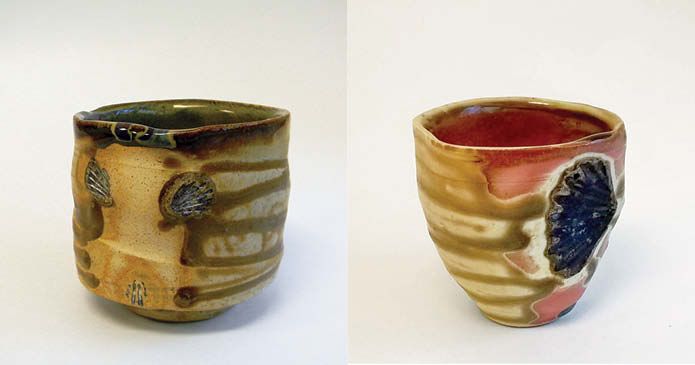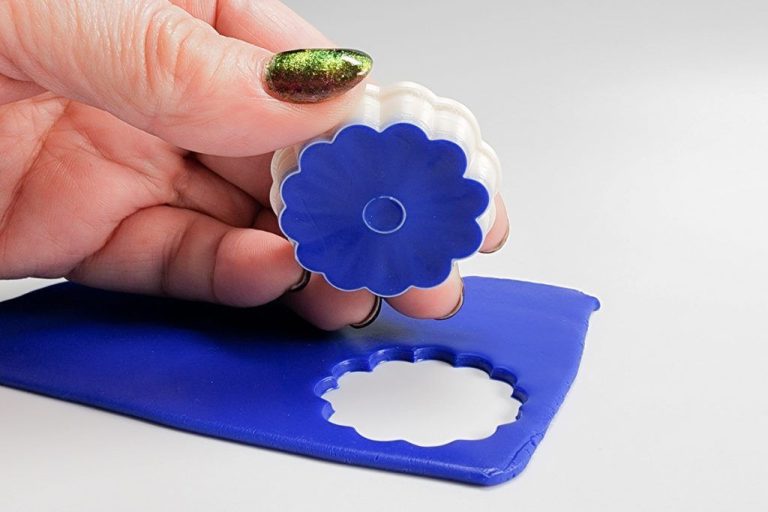What Is A Professional Ceramics Person Called?
Ceramics are inorganic, non-metallic materials that are typically made by firing raw materials at high temperatures. Ceramics include materials like pottery, bricks, tiles, and glass. The word “ceramic” comes from the Greek word “keramos”, meaning potter or pottery. Ceramics represent one of the oldest and most ubiquitous classes of materials made and used by humans.
Ceramics have some key properties that make them useful across a wide range of applications, including high melting temperatures, low thermal and electrical conductivity, high hardness and strength, chemical inertness, and low ductility. The varied properties and applications of ceramics lead to the development of many professional roles involving work with ceramic materials.
Potter
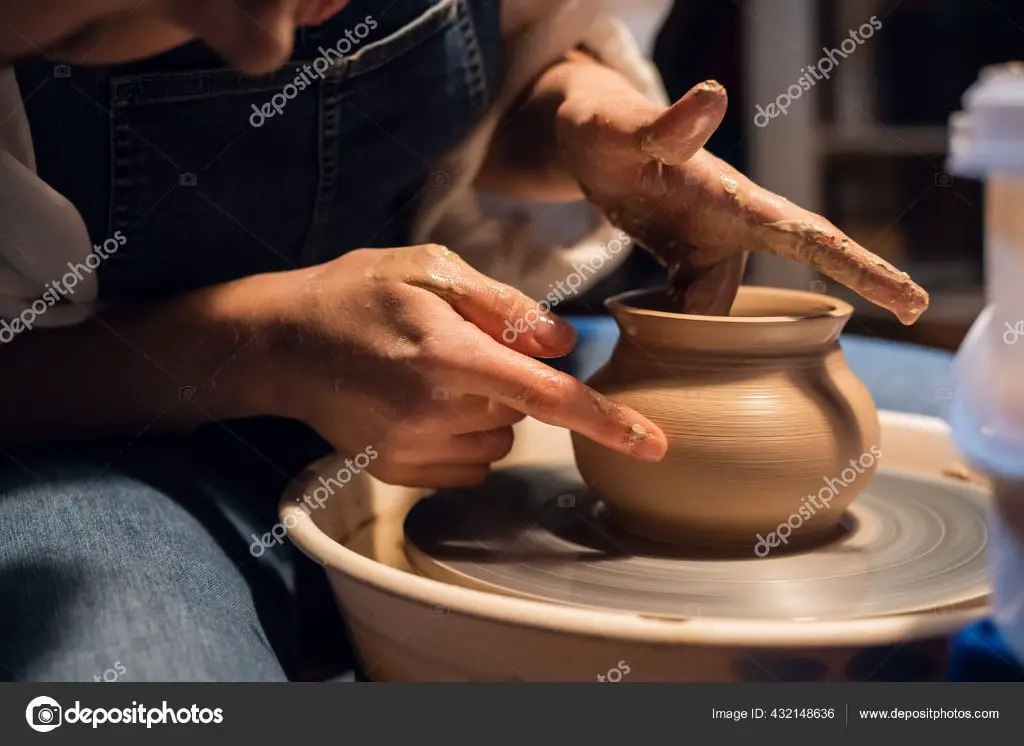
A potter is an artisan who specializes in creating functional and decorative objects out of clay by shaping, molding, throwing, and otherwise manipulating the clay into various forms before firing in a kiln (Source). Potters create a wide variety of objects including tableware, cookware, vases, ornaments, sculpture and tiles. Some of the main types of pottery produced by potters include earthenware, stoneware, porcelain, and bone china.
To be successful as a potter, one needs skills such as creativity and artistry for designing pieces, knowledge of working with different types of clay, ability to throw and handbuild with clay, understanding of glazing and firing techniques, and business/marketing skills. Patience and dedication to practice and master the intricacies of working with clay are also critical. Overall, a potter utilizes their deep knowledge of clay properties, specialized tools and techniques to bring their artistic visions to life in the form of exquisite ceramic pieces.
Ceramicist
A ceramicist is an artist who creates objects from clay and other ceramic materials. Ceramicists work with clay to make functional pottery as well as decorative ceramic art. They shape clay using a variety of techniques such as throwing on a pottery wheel, handbuilding, slipcasting, and ram pressing. Ceramicists must have strong technical skills to work with clay and control the chemical and physical reactions during drying and firing their work.
Ceramicists create a wide range of ceramic wares including tableware, cookware, tiles, sculpture, and architectural decor. Many ceramicists specialize in a certain type of ceramic work such as producing domestic pottery, individual ceramic art pieces, or industrial ceramics. Some ceramicists also teach ceramics classes and workshops.
To be a skilled ceramicist, one must have creativity and artistic talent as well as technical knowledge of working with clay, glazes, and firing methods. Ceramicists need manual dexterity, patience, spatial reasoning skills, and physical stamina. An education in ceramic arts helps develop the necessary skills, along with continual practice and experimentation with clay.
Sources:
https://www.quora.com/What-is-the-definition-of-a-pottery-maker
https://www.goodreads.com/en/book/show/36166768
Ceramic Engineer
A ceramic engineer is a type of materials engineer that specializes in ceramics (What Is Ceramic Engineering?, 2023). Ceramic engineers focus on the design, development, and manufacturing of ceramic materials and products (Ceramic Engineering, n.d.).
The responsibilities of a ceramic engineer include (A promising career in Ceramic Engineering, 2023):
- Designing and developing new ceramic products and materials
- Testing and analyzing the properties and performance of ceramics
- Optimizing manufacturing processes for ceramic production
- Troubleshooting and solving problems related to ceramic materials and products
Ceramic engineers require technical skills such as (What Is Ceramic Engineering?, 2023):
- Knowledge of ceramic properties, processing, and design
- Understanding of physics, chemistry, and advanced mathematics
- Ability to analyze data and interpret test results
- Proficiency with design, modeling, and simulation software
To become a ceramic engineer, a bachelor’s degree in ceramic engineering or materials science and engineering is typically required (Ceramic Engineering, n.d.). Graduate degrees such as a master’s or Ph.D. can provide additional specialized knowledge and opportunities in research or academia.
Ceramic Chemist
A ceramic chemist is a chemist who specializes in the chemical composition and properties of ceramic materials. Ceramic chemists utilize principles of inorganic chemistry, physics, and engineering to develop new ceramic substances and improve existing ones.
The main responsibilities of a ceramic chemist include:
- Analyzing the chemical makeup of ceramic materials such as clay, glass, cement, and refractory materials
- Developing new ceramic formulations by altering chemical compositions
- Studying how processing factors like temperature and pressure affect ceramic properties
- Characterizing microscopic ceramic structures using analytical techniques
- Testing ceramic materials to determine physical, electrical, magnetic, and optical properties
- Applying theoretical chemistry and physics principles to predict ceramic behavior
- Troubleshooting production issues related to ceramic chemistry
Ceramic chemists need strong critical thinking skills, math aptitude, and background knowledge in inorganic chemistry. Most positions require at least a bachelor’s degree, preferably in ceramic science, materials science, or chemistry. Advanced degrees such as a master’s or Ph.D. are often preferred, especially for research roles.
Ceramic Artist
A ceramic artist is someone who uses clay to create functional and decorative art objects. Some of the types of ceramic art they create include pottery, sculpture, tiles, and tableware (source). Ceramic artists utilize techniques like throwing on a pottery wheel, hand building, slip casting, and mold making. They require strong creative and technical skills to shape clay into beautiful and unique pieces. Ceramic artists must have knowledge of the chemical properties of clay in order to create glazes and fire clay properly. Their work often expresses their personal vision and style.
Industrial Ceramicist
An industrial ceramicist uses technical expertise to design, develop, and manufacture ceramic materials and products for a variety of industrial applications. Ceramic materials, such as alumina, zirconia, silicon carbide, and silicon nitride, are valued in industry for properties including high strength and hardness, chemical inertness, high-temperature capability, and electrical resistivity (Ceramics and glass in industry).
The responsibilities of an industrial ceramicist can include:
- Designing ceramic parts, coatings, and other products based on technical specifications and performance requirements
- Optimizing ceramic formulas and manufacturing processes for factors like temperature resistance, hardness, or dielectric strength
- Characterizing the microstructure and analyzing properties of ceramic materials and products
- Troubleshooting production issues and defects related to ceramic materials or processing
- Developing new ceramic materials, coatings, or products through research
Industrial ceramicists are employed across sectors such as aerospace, automotive, chemical processing, energy, electronics, and healthcare to develop ceramic solutions. Example applications include ceramic engine components, industrial gas turbines, medical implants, semiconductor fabrication equipment, and more (Industrial ceramics | High-Temperature, Strength, Durability). Their specialized expertise in ceramic materials science and engineering is critical for enhancing manufacturing processes and end-use product performance.
Ceramics Teacher
Ceramics teachers are responsible for educating students on the techniques and processes involved in creating ceramic art pieces. They primarily teach ceramics classes at the high school or college level. Some of the main duties of a ceramics teacher include:
Developing ceramics course curriculum and lesson plans. Selecting teaching materials and examples of ceramic pieces to use during instruction. Instructing students on topics like ceramic history, clay types, glazing techniques, firing processes, wheel throwing, hand building, and sculpture. Demonstrating proper use of ceramic tools and studio equipment like pottery wheels, kilns, and pug mills. Teaching students ceramic design principles and creative techniques. Evaluating student progress and providing feedback on their technique and artwork. Organizing ceramic exhibitions to showcase student work. Enforcing studio safety practices and procedures.
To be an effective ceramics teacher, certain skills and qualifications are required. Strong expertise in ceramic materials and processes is essential. Excellent verbal communication skills are necessary for providing clear instructions and feedback. Creativity and artistic talent is helpful for demonstrating techniques. Patience is crucial when assisting students with learning new skills. Technical skills related to operating ceramic equipment is also important. Most teaching positions require a bachelor’s degree in fine arts, studio art, or art education along with a state teaching certification. Significant ceramics teaching experience may substitute for formal education in some cases. Ceramics teachers must stay up-to-date on the latest techniques and innovations in the field.
Sources:
https://www.hiringpeople.co.uk/job-descriptions/ceramics-teacher/
Ceramics Conservator
Ceramics conservators specialize in preserving and restoring ceramic objects and artifacts. Their primary role is to repair damage and stabilize the condition of ceramic pieces to stop further deterioration. Ceramics conservators need extensive knowledge of the chemical and physical properties of different types of ceramic materials such as earthenware, porcelain, and stoneware in order to determine the appropriate restoration methods.
Conserving ceramic objects requires careful examination to identify all damage and deterioration. Common issues that ceramics conservators address include chips, cracks, breaks, losses, abrasions, and unstable materials. They utilize techniques like adhesive repair, gap filling, reshaping, and consolidation to structurally stabilize ceramics. Removing soluble salts and harmful accretions through cleaning is also an important part of the restoration process.
Reversing prior inappropriate repairs that have damaged the aesthetic or historic integrity of an artifact is a major consideration as well. Ceramics conservators must choose reversible methods whenever possible. They also document all conservation treatments thoroughly. Knowledge of glaze chemistry and firing methods is useful in identifying and preserving original glazes.
Ceramics conservators often handle extremely fragile archaeological materials that require specialized handling. Their work preserves cultural heritage and allows continued access to ceramic artifacts for education and research. Training in ceramics conservation involves chemistry, studio art, archaeology, and art history coursework as well as professional workshops and apprenticeships.
Conclusion
There are many important careers for professionals working in ceramics. Some of the most common are potters, ceramicists, ceramic engineers, ceramic chemists, ceramic artists, industrial ceramicists, ceramics teachers, and ceramics conservators.
All of these roles play an important part in the ceramics industry. Potters and ceramicists create functional and artistic ceramic pieces. Ceramic engineers and chemists develop new ceramic materials and applications. Ceramic artists push the boundaries of ceramic art. Industrial ceramicists mass produce ceramic products. Ceramics teachers pass on skills and knowledge to new generations. Ceramics conservators preserve and restore historical ceramic artifacts.
Ceramics have been an essential part of human civilization for thousands of years. From cooking pots and containers, to tiles and porcelain, ceramics have provided both beautiful and functional objects for daily life. The continued work of ceramics professionals ensures this artform and material science continues to evolve and enrich our lives.

